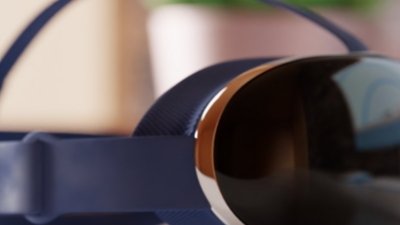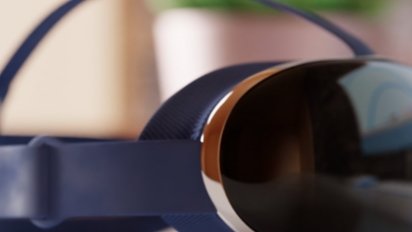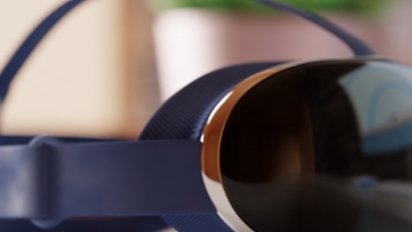Apple didn't call its spatial computing platform "xrOS." Instead, it is called visionOS and it powers the Apple Vision Pro.
This page contains information and rumors gathered prior to WWDC 2023. It will remain active as a reference point, but will not be updated with new information.
Multiple patents and a reliable source point to the Apple VR Headset operating system being called xrOS. That expands into "extended reality operating system," which could apply to more than just VR in the future.
So far, descriptions of the operating system have been vague. Very few people outside of Apple have actually seen it, and even then, it is likely not the shipping version.
Anyone familiar with VR headsets and their software will likely have some idea of how xrOS might look. Combine that with Apple's software design ethos and existing app layouts, and that probably isn't far off.
xrOS Interface
The problem with any VR system is that describing it is very difficult. Unless you've put a headset on and experienced it firsthand, there's no way to understand the sensation.
That, alongside Apple's usual strict secrecy, is likely why little to no information about xrOS has leaked. Despite that, rumors and hardware leaks have provided some detail about what to expect.
A lot of the operating system and what it looks like will depend on input methods. Apple could provide controllers for users to hold, but many rumors say that the headset will work with just hand gestures.
Some VR headsets let users type on virtual keyboards or even show digital representations of physical keyboards in a mixed-reality type simulation. Apple could even provide users with a virtual "Mac" or a floating display.
A leak describing internal conflict around the project suggested voice controls might be a part of the experience. Developers allegedly wanted to create a new virtual assistant just for the headset, but Apple insisted on Siri.
Apple tends to fail towards accessibility, and more is better when it comes to input methods. Any or all of the above options could be available, not to mention Apple Watch, iPhone, and Apple's other products.
xrOS Applications
VR headsets are nothing without the apps they run. Gaming experiences, teleconferencing, social events, movie viewing, productivity tasks, and more are possible.
It seems iPad apps will be key to the xrOS launch. Many of Apple's apps are allegedly already running on the hardware, and third-party developers will need to take very little action to get their apps on the platform.
These apps would show up as floating windows in front of the user. Touch and gesture controls on the iPad would translate to the headset's 3D space.
A lot of how the xrOS applications work will depend on input methods and Apple's solutions. For example, how the headset determines physical object positioning and hand tracking will affect how easy it is to reach out and manipulate apps.
VR headsets emerged with a gaming focus at first, which is the path many new technologies take. As the headsets became more powerful and comfortable, teleconferencing and media viewing became more popular.
An Apple-made conferencing app built on FaceTime would place users in realistic environments. At least one user, likely the host, would have a highly detailed avatar, while other users would be limited to Memoji.
One-on-one VR chats would allow both users to access the more realistic avatars. The computational intensity of these systems is likely what creates a limit.
Extended Reality
The "xr" in xrOS likely conveys more meaning than a catchy name for an operating system. There are various technical terms for all of the technology in this space, like Augmented Reality, Virtual Reality, and Mixed Reality. These all fall under extended reality or XR.
Apple's first step into XR was with AR applications on iPhone and iPad. The device's LiDAR systems enabled AR objects to be placed with increase stability, which was the first step into this future platform.
Everything Apple has learned from developing AR for iPhone and iPad has likely fed into developing the VR headset and xrOS. The product will be VR-first, but an AR passthrough mode is also rumored.
While the VR experiences are likely to be higher resolution and more immersive, the AR passthrough mode could be our first look at Apple's push into wearable AR and, eventually, Mixed Reality.
Load up a game or app with an AR mode on the iPhone today, and users can see digital objects overlaid on flat surfaces in the real world. Apply this concept to the VR headset with AR passthrough mode.
Speculation suggests this is where the development of Apple Glass will take place. By 2026 or so, the technology could be advanced enough to fit within somewhat socially acceptable goggles or glasses.
The next generation VR headset due in 2024 or 2025 and the AR glasses due in 2026 or later would all run xrOS. While it is being announced as an operating system for the new headset hardware, it is also likely a new platform that will herald the future of Apple products.
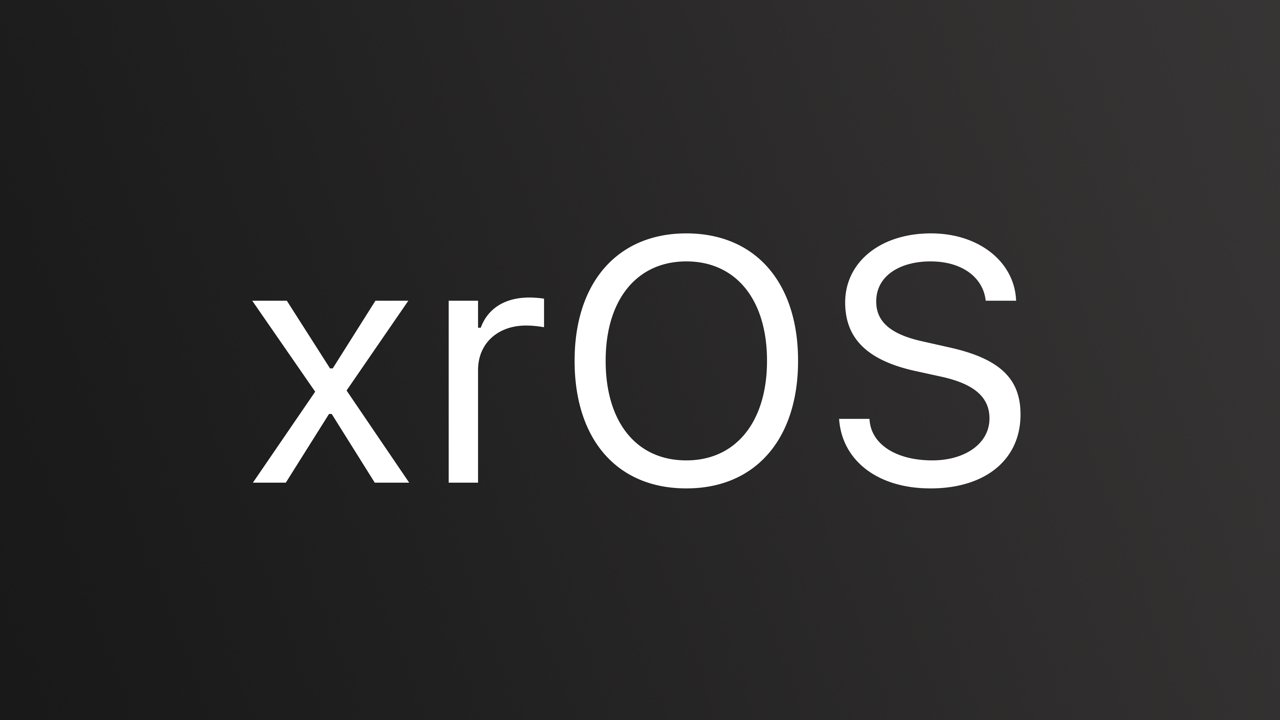
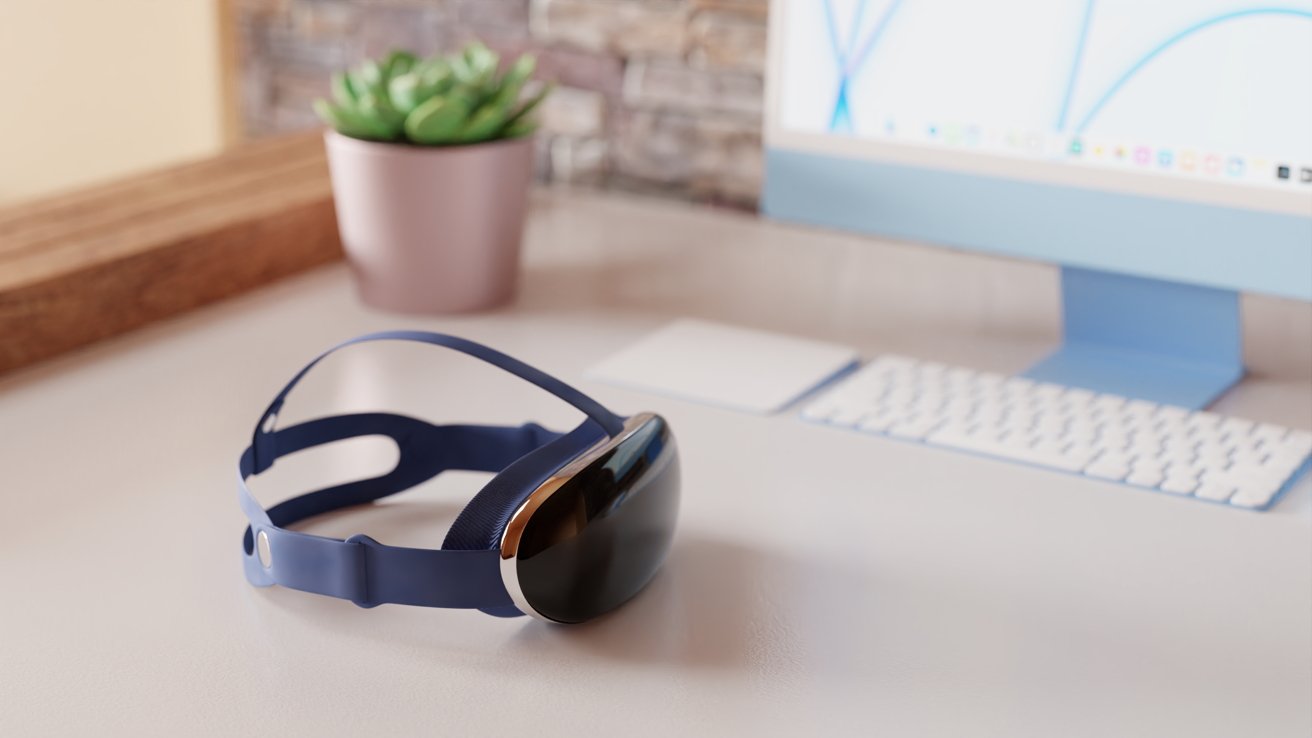
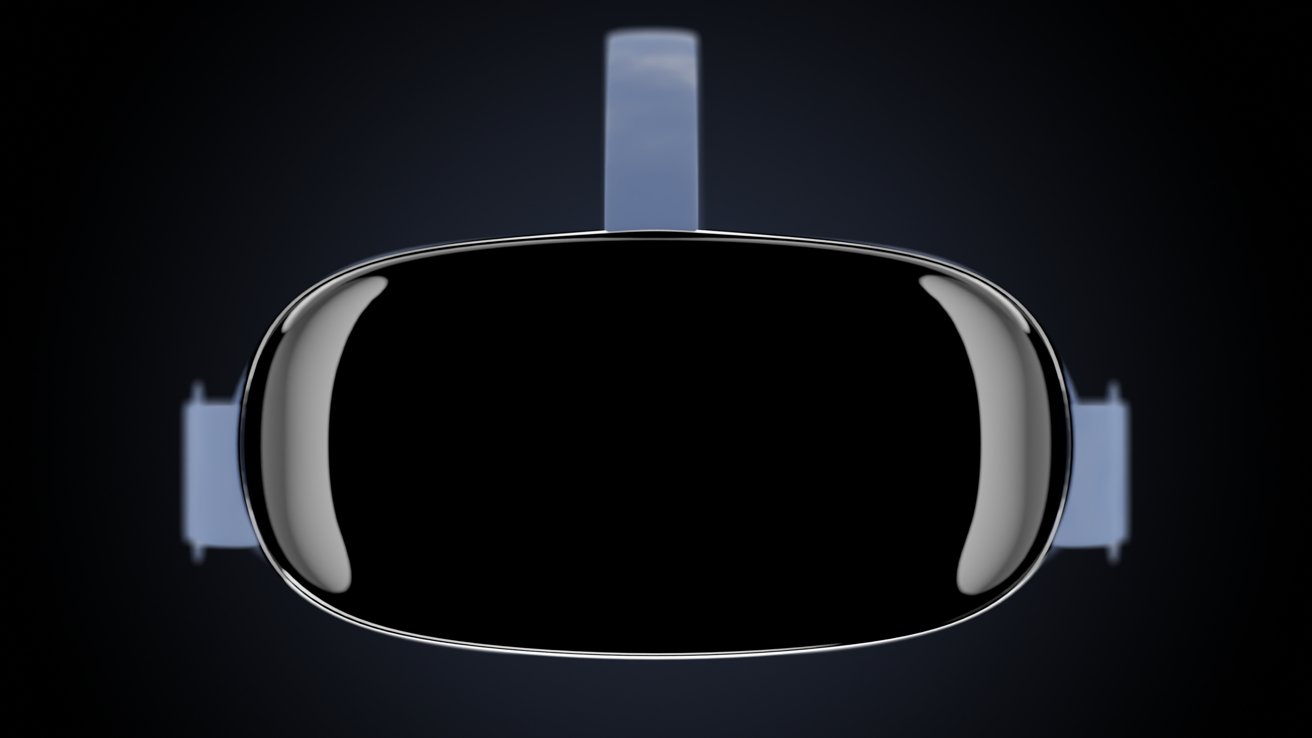
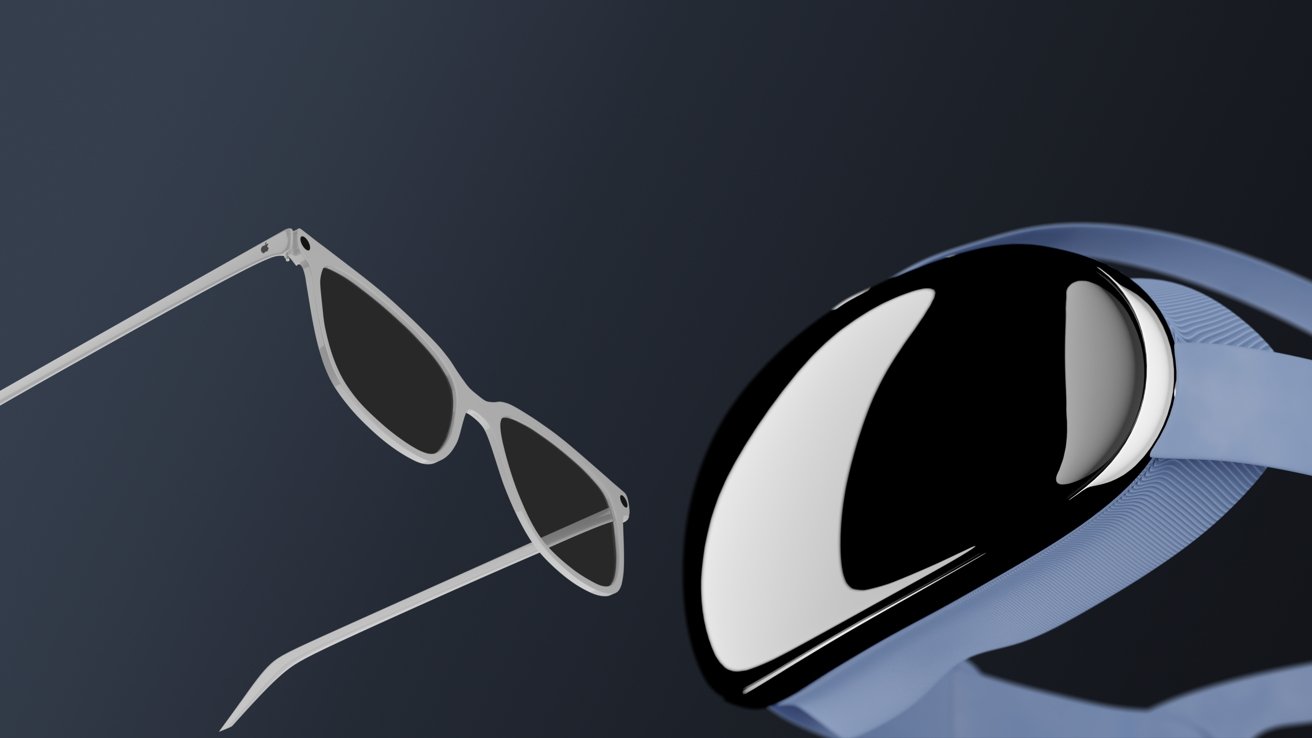
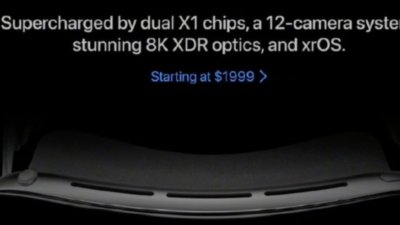
 Malcolm Owen
Malcolm Owen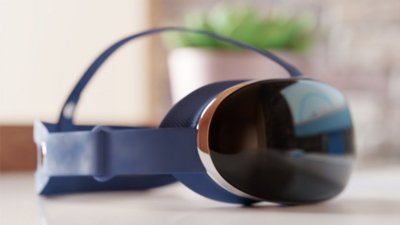

 Wesley Hilliard
Wesley Hilliard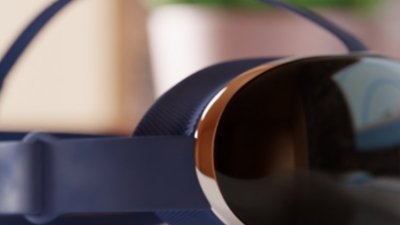
 Amber Neely
Amber Neely